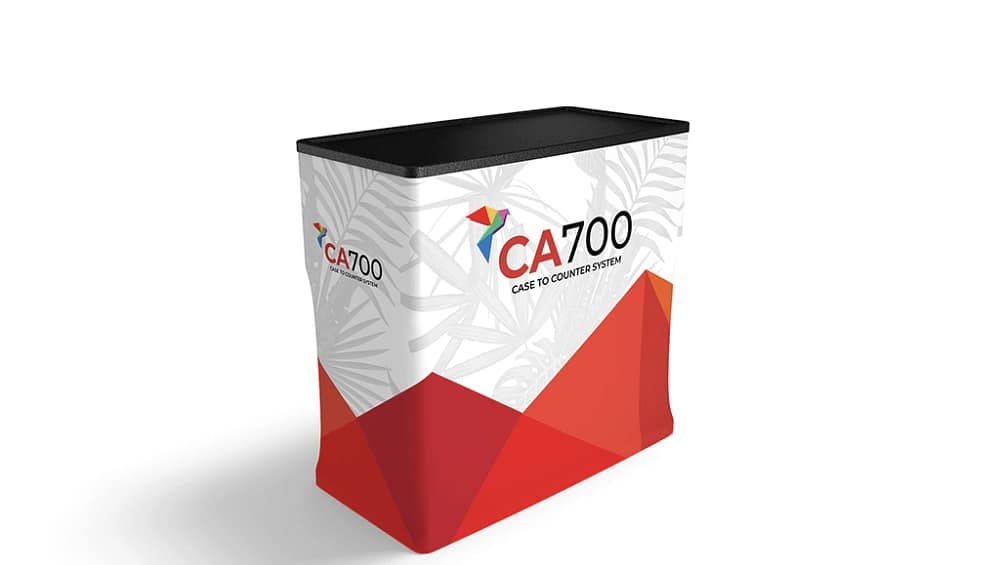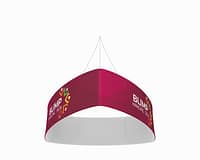In the dynamic world of exhibitions, where ideas and innovations converge, the ancillary roles often hold the key to a seamless and enriching experience. Among these pivotal roles are the case-to-counters—individuals who serve as a bridge between exhibitors and attendees. Their presence not only enhances the overall ambience of an exhibition but also plays a crucial role in fostering connections, providing information, and ensuring that the narrative of the exhibition unfolds smoothly. This article delves into the significant impact of case-to-counters in exhibitions and explores how they empower attendees and exhibitors alike through their supportive roles.
Bridging Connections: The Impact of Case-to-Counters in Exhibitions
In the bustling environment of an exhibition, case-to-counters emerge as essential touchpoints for attendees seeking information and guidance. Their strategic placement throughout the venue allows them to serve as navigators, directing foot traffic and ensuring that visitors can easily locate the exhibits or sessions that pique their interest. This not only enhances the visitor experience but also allows exhibitors to focus on engaging with their audiences without the distraction of logistical inquiries. By facilitating connections between people and ideas, case-to-counters contribute to the overall success of the exhibition.
Furthermore, case-to-counters act as repositories of knowledge, equipped to answer queries ranging from exhibit details to scheduling information. Their expertise and familiarity with the exhibition layout empower attendees to make informed decisions about how to allocate their time. This well-informed engagement leads to richer conversations and more meaningful interactions, fostering a network of connections that extends beyond the exhibition halls. The case-to-counter personnel essentially become the glue that holds the event together, ensuring that no one feels lost or overwhelmed.
Lastly, the role of case-to-counters extends to enhancing the visibility of exhibitors by promoting their offerings and encouraging foot traffic to various booths. Through proactive communication and personalized assistance, they can highlight particular exhibits or activities, drawing in curious attendees. This dual role of being both a guide and a promoter helps create a more vibrant atmosphere where ideas are exchanged, partnerships are forged, and innovations are celebrated. In this way, case-to-counters not only bridge connections but also amplify the collective impact of the exhibition itself.
Elevating Experiences: Empowerment Through Supportive Roles
The empowering influence of case-to-counters is evident in how they cater to the diverse needs of exhibition attendees. Their presence alleviates the stress often associated with navigating large venues filled with numerous exhibits and sessions. By providing clear directions, program schedules, and tailored recommendations, case-to-counters empower attendees to curate their own experience, allowing them to engage deeply with the content that resonates with them. This sense of control enhances satisfaction and encourages active participation, resulting in a more rewarding visit.
Moreover, case-to-counters play a crucial role in inclusivity, ensuring that all attendees, regardless of their background or experience level, feel welcome and capable of accessing the event’s offerings. They often have training in customer service and communication, which allows them to interact effectively with a diverse audience. Their ability to speak different languages or provide additional resources for attendees with special needs further exemplifies their commitment to creating a welcoming environment. This attention to inclusivity empowers every individual to take full advantage of the exhibition, fostering a sense of belonging and community.
Finally, case-to-counters are instrumental in gathering feedback from attendees, which can be invaluable for future exhibitions. Their conversations with visitors provide insights into what aspects of the event resonated most and what could be improved. By relaying this information back to organizers, they help shape the evolution of exhibitions, ensuring that each iteration becomes more engaging and responsive to attendee needs. This cycle of empowerment is beneficial not only for attendees but also for exhibitors, as it ultimately leads to a more refined and impactful exhibition experience.
In conclusion, the role of case-to-counters in exhibitions is multifaceted and essential for creating meaningful connections and empowering experiences. By serving as guides, knowledge hubs, and advocates for inclusivity, they enhance the overall exhibition landscape, ensuring that every attendee has the opportunity to fully engage and benefit from the event. As the exhibitions continue to evolve in an increasingly complex world, the presence of case-to-counters will remain a crucial element in bridging gaps and fostering collaboration, ultimately shaping the future of how we connect, learn, and innovate together.




